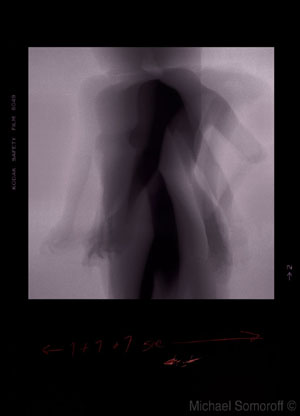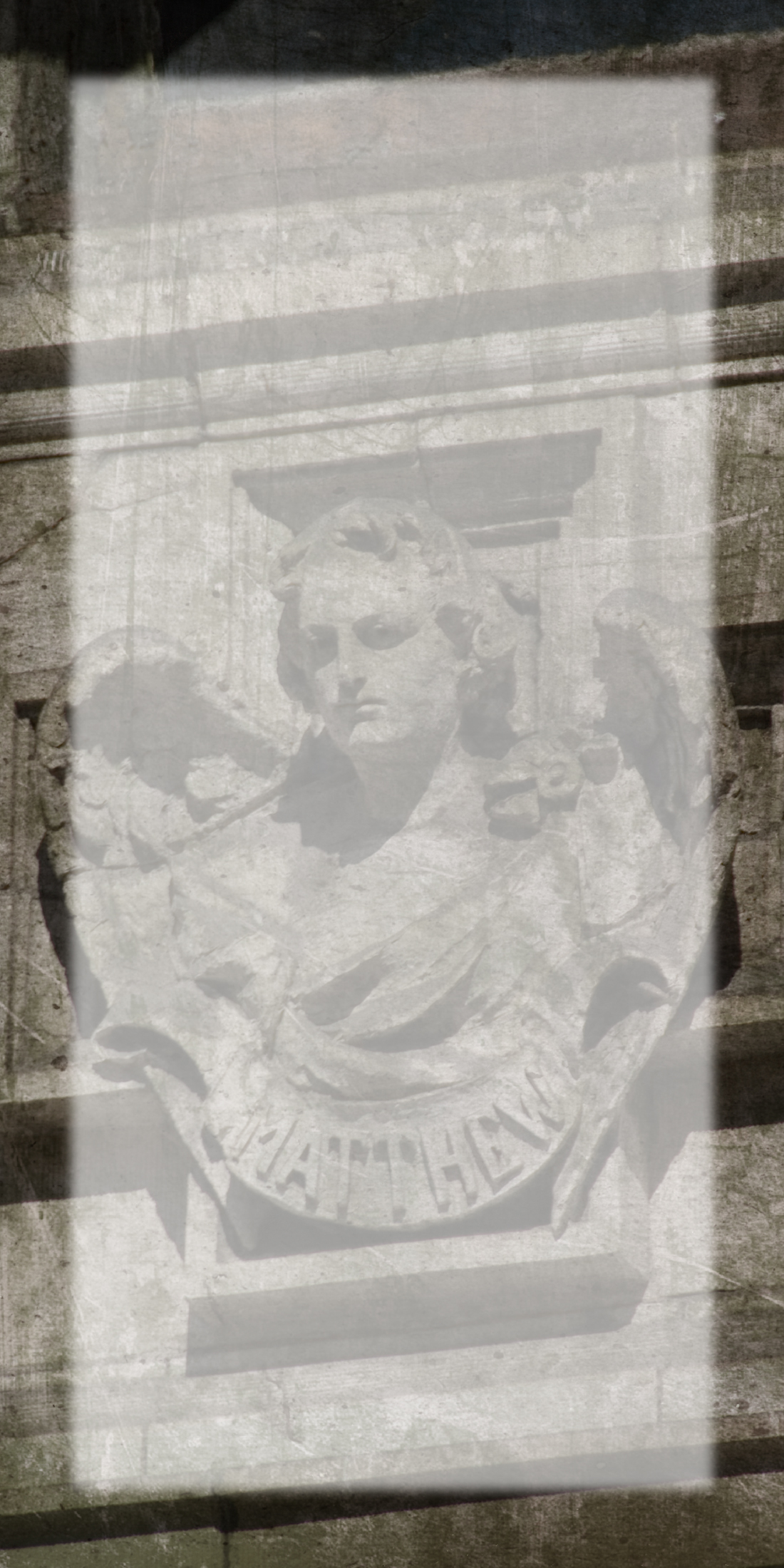
Photo © Michael Somoroff
MK: You’ve said, “The central tool of my art is the computer.” In his article, “Complexities and Contradictions in Digital Sculpture,” in which he discussed your work Tempus Formare, Dr. William Ganis said “Rapid Prototyping (RP) “allows an object that exists only in the virtual realm to become physical.” Do you use RP and/or CNC (computer numeric controlled) and 3D modeling software?
MS: Yes I do. I have a studio in the New York City area, which I share with one of the world’s truly great sculptor’s, Michael Rees. Michael is one of the original pioneers of these technologies as they pertain to the production of art. I first saw his work at the Whitney—an important exhibition called “BitStreams” [2001]. Michael learned with Joseph Beuys among others, and he’s found a way of successfully synthesizing these new technologies with classical, humanist, and artistic concerns. Michael is the master of anatomical form in virtual space among other things.
Rees is also very generous. He is a truly great teacher. As a result, one tends to learn a lot from him by just hanging around him. I certainly have. He has influenced many of us. Matthew Barney just recently credited Michael in print with being a prime influence. Anyway, being around Rees as much as I have, has helped me to see the potential in these new technologies to take old problems and explore new solutions. This is very exciting.
We have both rapid prototyping machines and CNC mills in the studio. They are running 24/7. Many artists come to the studio regularly to work there and take advantage of these powerful machines. We like to think of the studio as a kind of salon where creative people can come together, share ideas and work on their projects—we call it the Matrix Art Collective – there’s a website. Take a look. It’s a growing community and it’s very exciting. Kenny Scharf, Tracy Moffatt, Alexis Rockman, Mary Ann Strandell, Michael Zansky—and there are many more—are all artists who recently have had work produced at the studio.
With that said, let me qualify all this by stating that, unlike Rees, I am less interested in the object per se than I am in its effect or better its virtuality, is it as an intermediate dimension that corresponds with the imagination. What interests me about the computer is the possibility to create in virtual space because I understand this space to be somehow akin to “mind” space. It’s real but somehow it is yet to be fully manifested. It’s an interface level of reality between the world of fantasy and the physical world. This has profound implications, not the least of which is that it allows for a certain kind of sharing to happen, a sharing on the massive scale of the space of networked imagination.
The virtual space of the computer is a composite of technologies of mind and the material world. For me, this place is often even more real than reality as it serves as the substrate for potentiality. We dream, feel, create a vision of the world as a road map for what actions we take and the creations we make. It’s very Platonic really, because it is the realm of “forms” that prefigures an event becoming a part of the world. This is very powerful.
I use these technologies because they offer this kind of creative firepower. As Kant pointed out in his Critique of Pure Reason, spatial sense determines consciousness. As a society our sense of space has changed radically in the last couple of decades; for that matter, so has our view of the world. I would even say that as a result of the change in our collective consciousness, a result of a shift in the way we sense the world spatially, the world we are creating is being transformed into the world wide network we are all presently experiencing. It’s an entirely different paradigm really.

